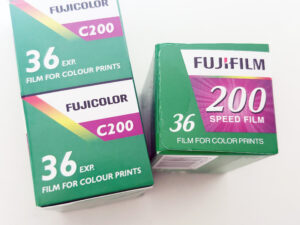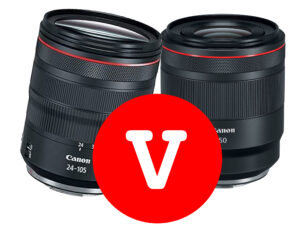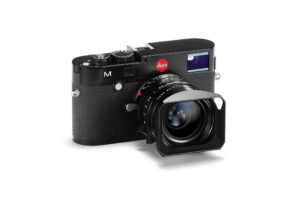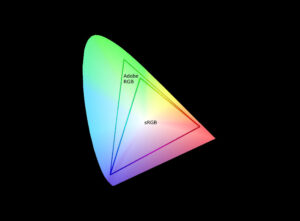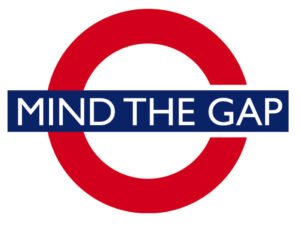The process of developing colour negative film and slide film is different, and each has its own unique advantages and disadvantages. There are significant differences in the chemistry, and development process of colour negative (C-41) vs slide film (E-6).
Colour negative film, also known as colour reversal film, is a type of film that captures an image in negative form. This means that the image on the film is reversed in terms of colour and light values. When the film is processed, a positive print is produced that has the correct colours and light values. The main advantage of colour negative film is its versatility, as it can be used to produce a wide range of prints, from small snapshots to large enlargements. The negative film can also be scanned and digitally manipulated, giving the photographer greater control over the final image.
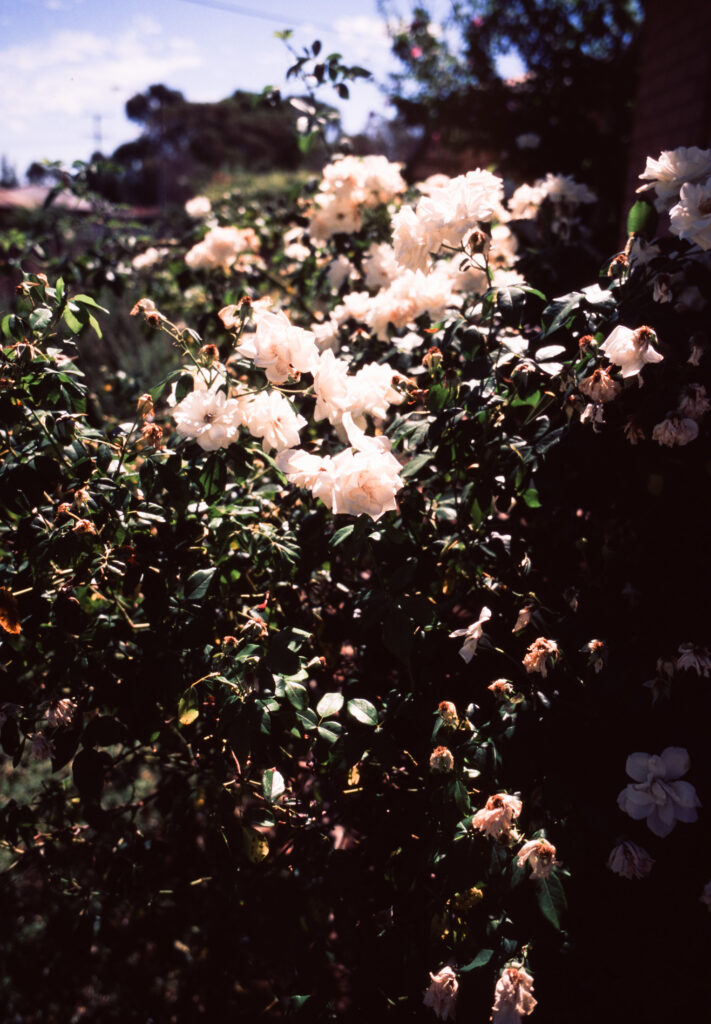
On the other hand, slide film, also known as transparency film, is a type of film that captures an image in positive form. This means that the image on the film is the same as what the photographer sees through the camera’s viewfinder. The main advantage of slide film is its superior colour quality and accuracy, as it captures the colours and tones of the scene exactly as they were when the photograph was taken. Slide film is ideal for photographers who want to create high-quality images with accurate colour representation, as well as for presentations and slide shows. The flexibility for editing is just not there or available to the same level as it with with colour negative.
When developing colour negative film, the film is first processed in a developer solution that converts the silver halide crystals in the emulsion layer into metallic silver. This produces a negative image on the film. The film is then washed in water to remove any residual chemicals, and then it is treated with a bleach solution that removes the metallic silver and replaces it with a light-sensitive dye. The film is then washed again in water and fixed in a fixing solution that removes any remaining silver halide crystals. Finally, the film is washed one last time in water and then dried.

In contrast, when developing slide film, the film is processed in a developer solution that converts the silver halide crystals in the emulsion layer into metallic silver. The film is then washed in water to remove any residual chemicals and then treated with a fixer solution that removes any remaining silver halide crystals. The film is then washed again in water and dried.
In both cases, the final step in developing colour film is to give it a protective coating, known as a base-plus-fog layer, which helps to protect the emulsion layer and also gives the film a uniform surface.
The biggest difference between developing colour negative film and slide film is that slide film requires a much more precise and controlled development process, as any variations in the processing steps can result in colour inaccuracies and loss of image quality. Negative film is more forgiving in this regard, as the final positive print is made from the negative, which allows for some degree of correction in the printing process.
In conclusion, both colour negative film and slide film have their own unique advantages and disadvantages, and the choice of which type of film to use will depend on the photographer’s specific needs and the type of images they want to create. Negative film is more versatile and offers more flexibility, while slide film is ideal for photographers who want to produce high-quality images with accurate colour representation. Ultimately, the decision to use colour negative film or slide film will come down to personal preference and the specific requirements of each photography project.













